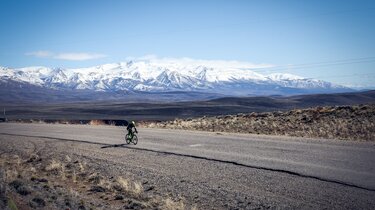Triathletes talk about training, diet and equipment
|Simplon Riders
Yvonne and Per are the triathlon match made in heaven. They’ve got numerous successful competitions under their belts. Now they give us exclusive insights into their training, diet and equipment!
















